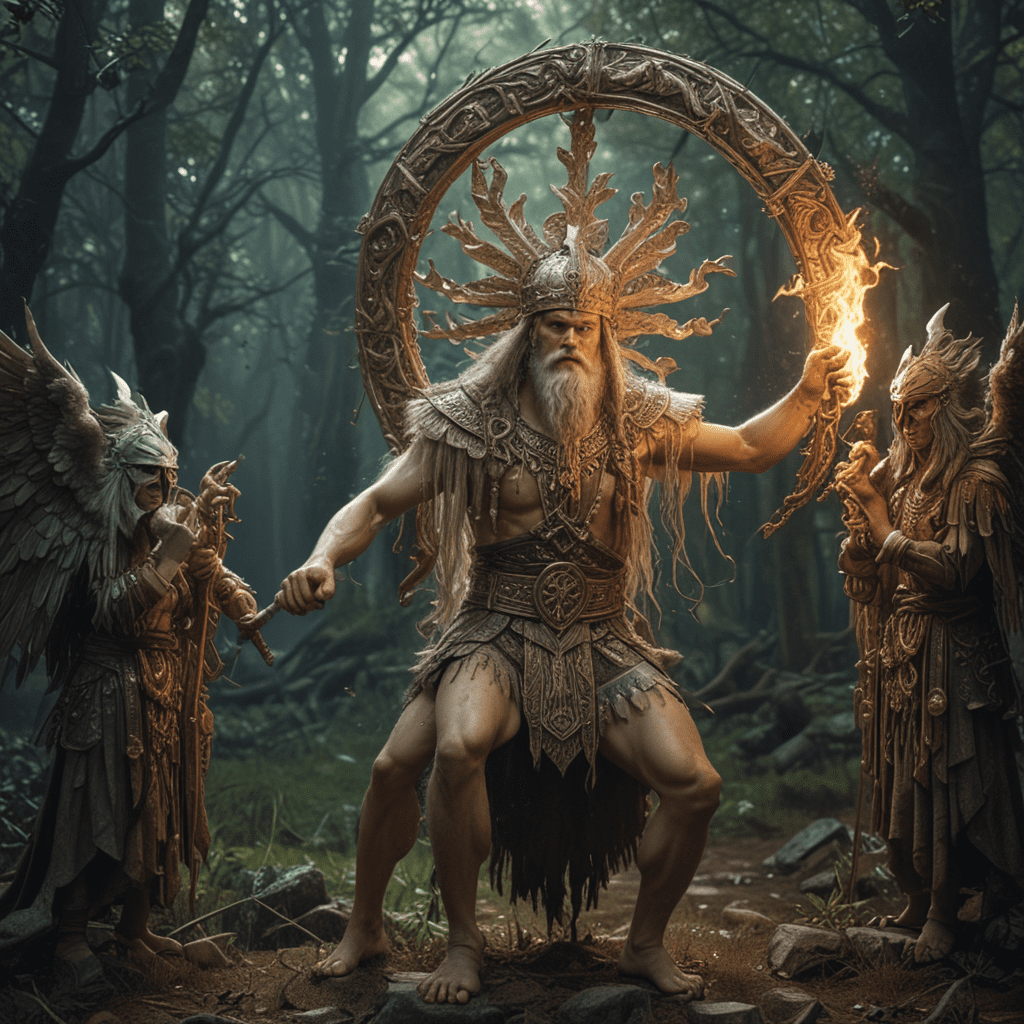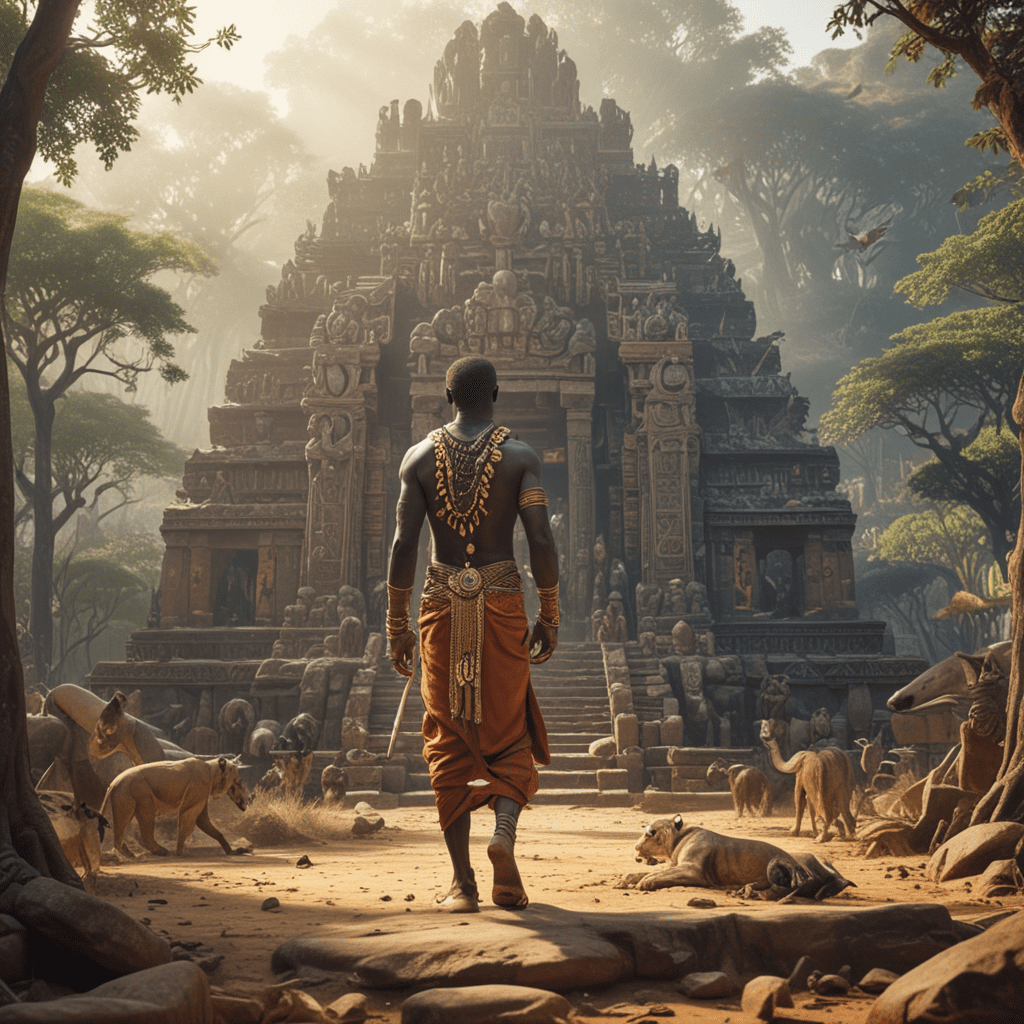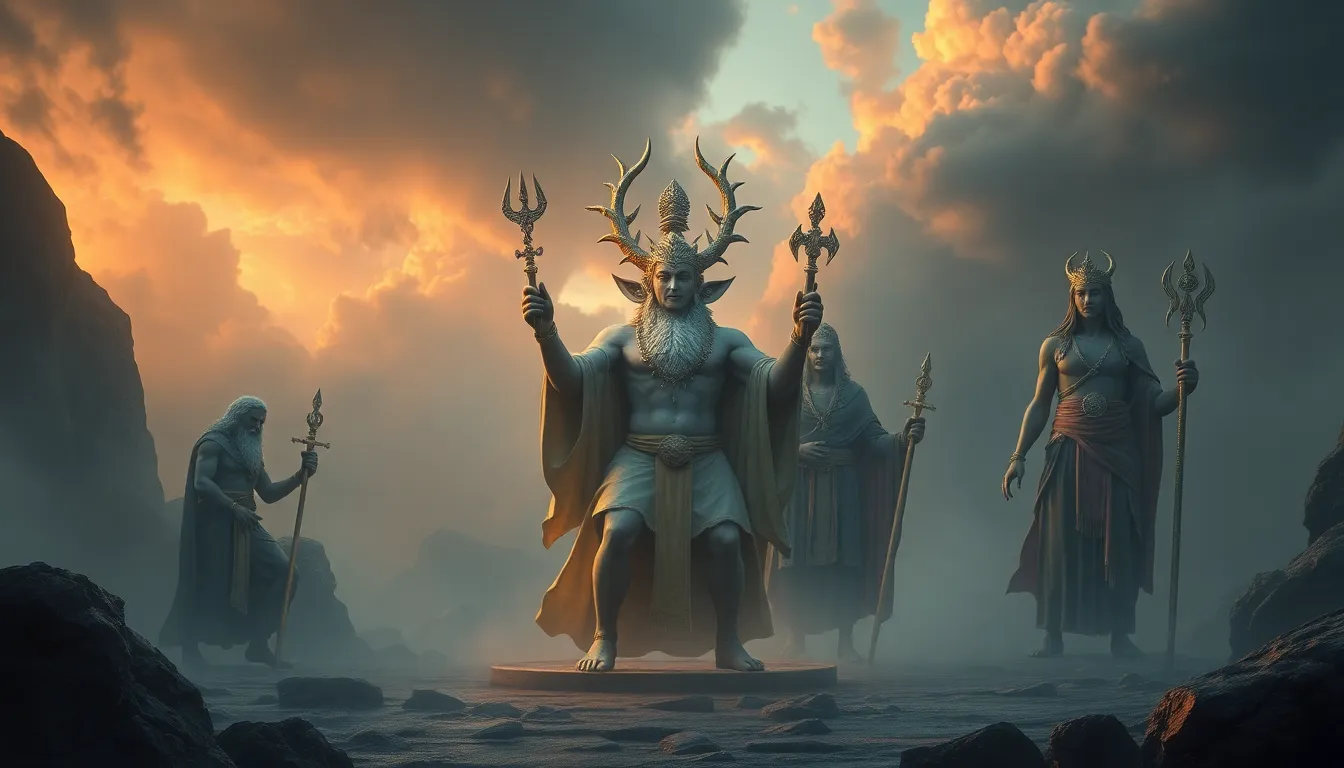Introduction: The Duality of Slavic Mythology
Slavic mythology, originating in the ancient Slavic cultures, presents a captivating tapestry of beliefs, deities, and legendary creatures that encompass both the forces of good and evil. This rich mythological system offers insights into the Slavic worldview, their understanding of the cosmos, and the eternal struggle between light and darkness.
The Slavic Pantheon: Gods and Goddesses of Good
At the heart of Slavic mythology resides a pantheon of gods and goddesses who embody the forces of good and creation. These deities play a pivotal role in the mythology, often intervening in human affairs to protect and guide them.
2.1. Perun: God of Thunder and Lightning
Perun, the mighty god of thunder and lightning, is the protector of the world and the defender of truth and justice. His symbol, the thunder axe, represents his power to vanquish evil and protect the righteous.
2.2. Veles: God of the Underworld and the Wild
Veles, the enigmatic god of the underworld and the wild, holds dominion over cattle, wealth, and the secrets of the earth. Often associated with the Slavic underworld, Nav, Veles serves as a guardian and guide for the dead.
2.3. Svarog: God of the Sky and Fire
Svarog, the celestial deity, is the father of the gods and the creator of the world. He commands the elements, particularly fire, and is revered for his wisdom and ability to shape the destinies of mortals.
6. The Magical Artifacts and Powers in the Fight against Evil
Slavic mythology is replete with magical artifacts and powers that serve as weapons against the forces of evil. From enchanted swords to sacred herbs, these objects empower heroes and protect the innocent.
One such artifact is the "Zharg-bird Feather," a mystical feather that grants invulnerability and allows the bearer to travel between worlds. The "Water of Life" possesses healing properties and can revive the dead.
7. The Influence of Christianity on Slavic Mythology
Over time, Slavic mythology was influenced by the arrival of Christianity. Many pagan deities and beliefs were absorbed into the Christian framework, resulting in a synthesis of mythological elements.
For example, the god Perun became associated with the Christian prophet Elijah, while the goddess Morena took on aspects of the Virgin Mary. This blending created a unique and dynamic version of Slavic mythology that persists to this day.
8. The Legacy of Slavic Mythology in Modern Culture
Slavic mythology continues to captivate and inspire contemporary culture. Its symbols, characters, and stories appear in literature, art, music, and film. Fantasy writers like Andrzej Sapkowski and Neil Gaiman have drawn upon Slavic mythology for their works.
The resurgence of interest in Slavic mythology highlights its enduring power and relevance, demonstrating its ability to resonate with people across generations.
9. Slavic Mythology's Relevance Today: Understanding Duality
The dualistic nature of Slavic mythology offers valuable insights into the human condition. The struggle between good and evil, light and darkness, mirrors the internal conflicts and moral dilemmas that we all face.
By understanding the Slavic mythological perspective on duality, we can gain a deeper appreciation for the complexities of our own lives and the importance of striving for balance and harmony.
10. Conclusion: The Enduring Power of Slavic Mythology
Slavic mythology, with its pantheon of gods, demons, heroes, and magical artifacts, provides a rich tapestry of stories and beliefs that have captivated generations. Its enduring power lies in its ability to explore the fundamental human experiences of good and evil, life and death, and the eternal struggle for balance.
Through its influence on modern culture and its relevance to our lives today, Slavic mythology continues to inspire and engage, proving its timeless appeal and enduring significance.
Frequently Asked Questions (FAQs)
Q: What is the origin of Slavic mythology?
A: Slavic mythology originated in the ancient Slavic cultures, dating back to the pre-Christian era.
Q: Who are the main gods in Slavic mythology?
A: The main gods in Slavic mythology include Perun, Veles, and Svarog, who represent good and creation.
Q: What are some of the creatures of evil in Slavic mythology?
A: Chernobog, Morena, and Baba Yaga are notable creatures of evil in Slavic mythology.
Q: How was Slavic mythology influenced by Christianity?
A: Slavic mythology was influenced by Christianity, with many pagan deities and beliefs being absorbed into the Christian framework, creating a unique synthesis.
Q: Is Slavic mythology still relevant today?
A: Yes, Slavic mythology remains relevant today, as its themes of good vs. evil and the struggle for balance continue to resonate with people across generations.



